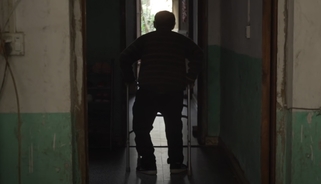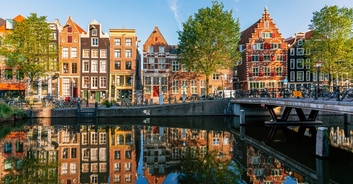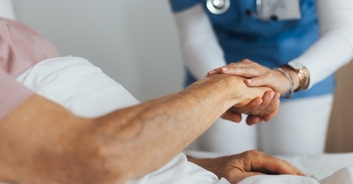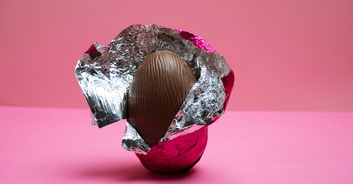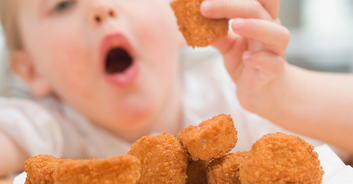A lot of our ideas about beauty come from the media, and a lot of the media tells us we need to be thin. Unfortunately, this isn't always a healthy route to go down, and many of the models we see in adverts and on runways are severely underweight.
So, when 26-year-old Charli Howard first tried to break into the modeling world, she expected to be told to lose weight. However, no matter how much she lost, she was still told she was 'too big' - despite wearing pretty much the smallest sized clothes available.
This is what she looked like at the time:
Since getting rejected, however, Howard realized that she wasn't living her life in a healthy way (she'd previously suffered from anorexia and bulimia), and decided to speak out about the standards in the modeling industry. "I refuse to feel ashamed and upset on a daily basis for not meeting your ridiculous, unattainable beauty standards," she wrote in a post on Facebook.
In a strange twist of fate, the post ended up getting her a job as a model - but she's now classed as plus-sized.
"I have a D-cup. I have hips. I'm never going to fit the super-skinny category anymore. If we're going by industry standards, I'm only going to fit the curved market," Howard explained "There isn't really a section for me. There's no-one really representing the UK size 10-12, you either have to be really skinny or really big."
Despite being labeled plus-sized, though, Howard doesn't feel the label is particularly accurate - and neither do many others.
"Plus-size in an industry term, that's not something I've given myself. And I've had very successful plus-size models say to me 'Well you're not plus-size, I find that really offensive,'" she said. "But what I'm looking for is the unification of women, and to see women on one board, where they don't have to be put into categories based on their sizes."
However, Howard does admit that there is an advantage to being classed as a bigger model.
"I'm very young to be a plus-size model, most of them are in their 30s. And the 'straight-size' models, their work kind of dies out around 25, 30 if they're lucky. So I do feel quite lucky in that respect."
Through her transformation, the 26-year-old has been able to truly see the dangers of advertising an unhealthy body weight to people - especially young women.
"[With] fitspo accounts, thinspo accounts, you see models who are super-toned - I think that sends a completely different message as well, so it must be really tough," she said. "I don't think I could be a teenager now. I think I would literally have a breakdown if I was a teenager now.
"But I think that's exactly why we need the Body Positive movement."
In order to spread the word about body positivity and the dangers of promoting unhealthily thin ideals, Howard has written a memoir called Misfit. She hopes that her personal experiences detailed in the book will help others come to terms with eating disorders or personal issues they have with their bodies, and show people that being healthy doesn't always mean being a size zero.







